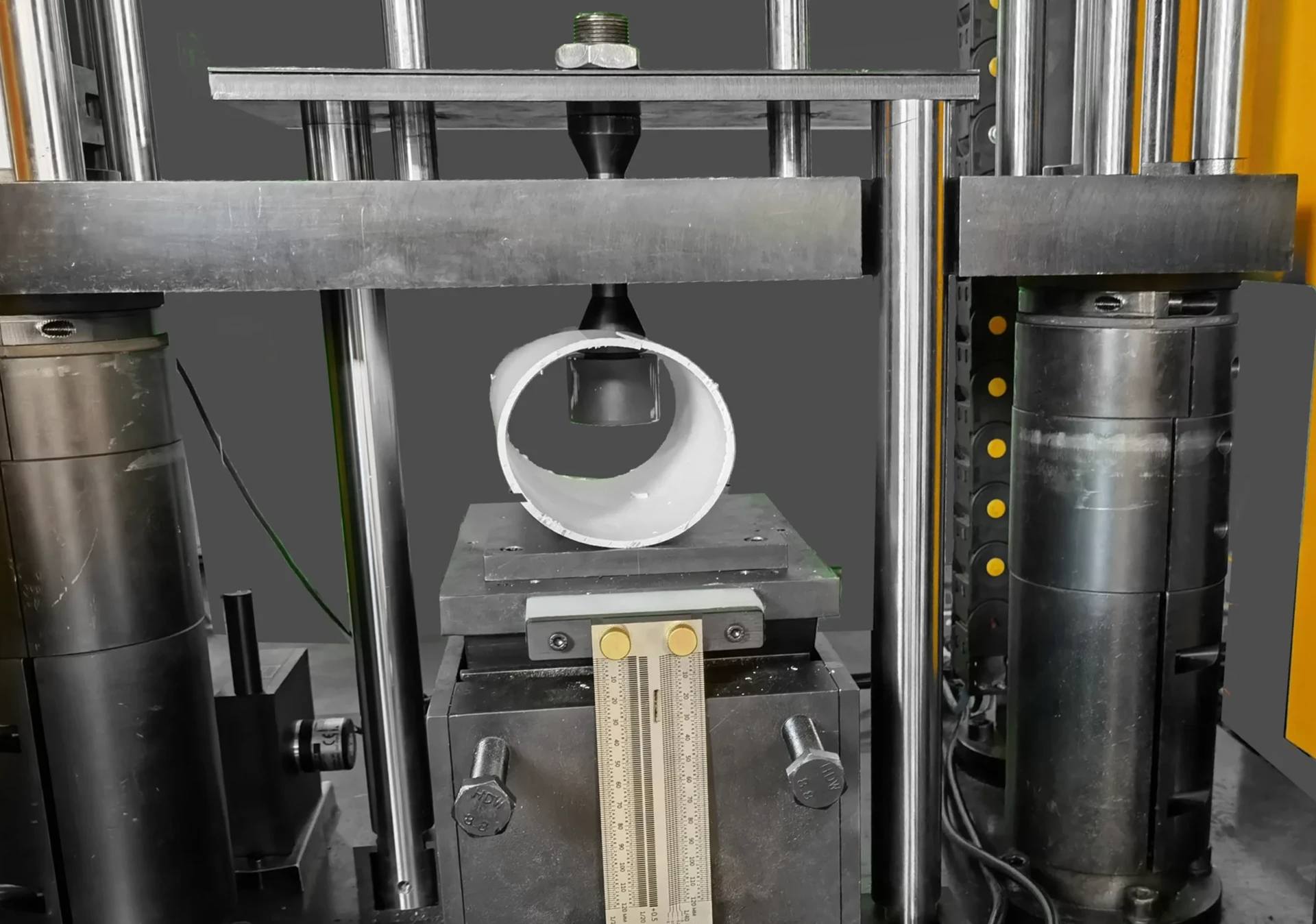ISTA 3E Partial Simulation Test for Boxes
The ISTA 3E partial simulation test is a critical procedure used to evaluate the drop and impact resistance of packaging materials, particularly boxes. This test simulates the real-world conditions that packaged goods might encounter during transportation and distribution. By subjecting boxes to controlled impacts and drops, we can identify potential weaknesses in design and construction which could lead to product damage or loss.
This testing method is especially important for industries where the integrity of the packaging plays a vital role in protecting the contents. For instance, in pharmaceuticals, electronics, and perishable goods like food products, ensuring that the package can withstand various stresses is paramount. The test helps manufacturers optimize their box designs to meet both regulatory requirements and operational needs.
The ISTA 3E method follows the International Safe Transit Association (ISTA) standards, which are widely recognized for their rigorous approach to packaging testing. This standard ensures that the test conditions closely mimic real-world scenarios, allowing for accurate predictions of a package’s performance under stress. The test involves subjecting boxes to specific drop heights and impact angles based on ISTA 3E guidelines.
The process typically begins with preparing the specimens according to the specified dimensions and weight requirements outlined in the standard. Once prepared, the boxes are subjected to a series of drop tests from various angles and heights. The testing apparatus used is designed to simulate the most likely points of impact during transit, ensuring that potential vulnerabilities are identified.
The results of the ISTA 3E test provide valuable insights into how well the packaging can withstand physical impacts. This information is crucial for quality managers and compliance officers as it helps in maintaining product integrity throughout the supply chain. Additionally, R&D engineers benefit from this data to refine box designs and improve overall performance.
The significance of ISTA 3E testing extends beyond just protecting products; it also contributes to reducing waste and improving logistics efficiency by ensuring packages are not over-designed or under-protected. By optimizing packaging materials and structures, businesses can enhance their environmental sustainability efforts while minimizing costs associated with damaged goods.
In summary, the ISTA 3E partial simulation test is an essential tool for any company involved in shipping fragile items. It provides a reliable means of assessing package durability and helps ensure that products arrive safely at their destination. The insights gained from this testing can lead to significant improvements in packaging design and overall supply chain management.
Why It Matters
The ISTA 3E partial simulation test is crucial for ensuring the integrity of packaged goods during transit. In today’s globalized economy, where products often traverse multiple countries and environments before reaching consumers, packaging must be robust enough to protect contents from various hazards. This includes harsh weather conditions, rough handling by transport personnel, and potential accidents.
The test evaluates how well a package can withstand drops and impacts that it might encounter during shipment. By simulating these real-world events, the ISTA 3E method provides manufacturers with critical data about their packaging’s performance. This information is invaluable for quality managers who need to ensure compliance with industry standards and internal quality control protocols.
Compliance officers also benefit from this testing as it helps them stay ahead of regulatory changes and best practices in the packaging sector. For R&D engineers, the test offers a practical way to innovate and improve product designs based on empirical evidence rather than guesswork. Procurement teams can use the results to negotiate better terms with suppliers who produce durable and reliable packaging solutions.
Ultimately, investing in ISTA 3E testing ensures that companies are meeting their obligations towards customers by delivering undamaged products. It also enhances brand reputation through consistent product quality and reliability, fostering customer trust and loyalty.
Applied Standards
The ISTA 3E partial simulation test strictly adheres to the guidelines provided by the International Safe Transit Association (ISTA). Specifically, this method follows the ISTA 3E standard which is designed to simulate the impact and drop conditions that packaged goods might face during transit. The test protocol includes detailed instructions on specimen preparation, testing procedures, and criteria for accepting or rejecting packages.
The standard specifies various drop heights from different angles (0°, 45°, and 90°) depending on the weight of the package. For instance, lighter packages may require higher drop heights due to their reduced mass which increases sensitivity to impacts. Heavier packages might have lower drop heights since they can better absorb shocks.
The ISTA 3E standard also provides guidance on how to prepare specimens for testing, including dimensions and weight requirements. These parameters are critical in ensuring that the test results accurately reflect real-world conditions. Once prepared, the boxes undergo a series of drop tests from each specified angle using controlled impact points.
Following the completion of all tests, evaluators assess whether the packages meet the acceptance criteria outlined in the standard. Acceptance typically requires that no critical damage occurs to either the package itself or its contents. If any part fails this criterion, further modifications may be necessary before retesting can occur.
Use Cases and Application Examples
Evaluating the durability of pharmaceutical packaging during air cargo shipment.
Testing electronic device boxes for resistance to ground transportation impacts.
Assessing perishable food item containers in ocean freight distribution networks.
Optimizing postal service package designs for increased resilience against postal sorting machine handling.
Ensuring compliance with international regulations for hazardous material transport packaging.
Improving retail product packaging to enhance customer satisfaction through superior protection during store shelves delivery.





